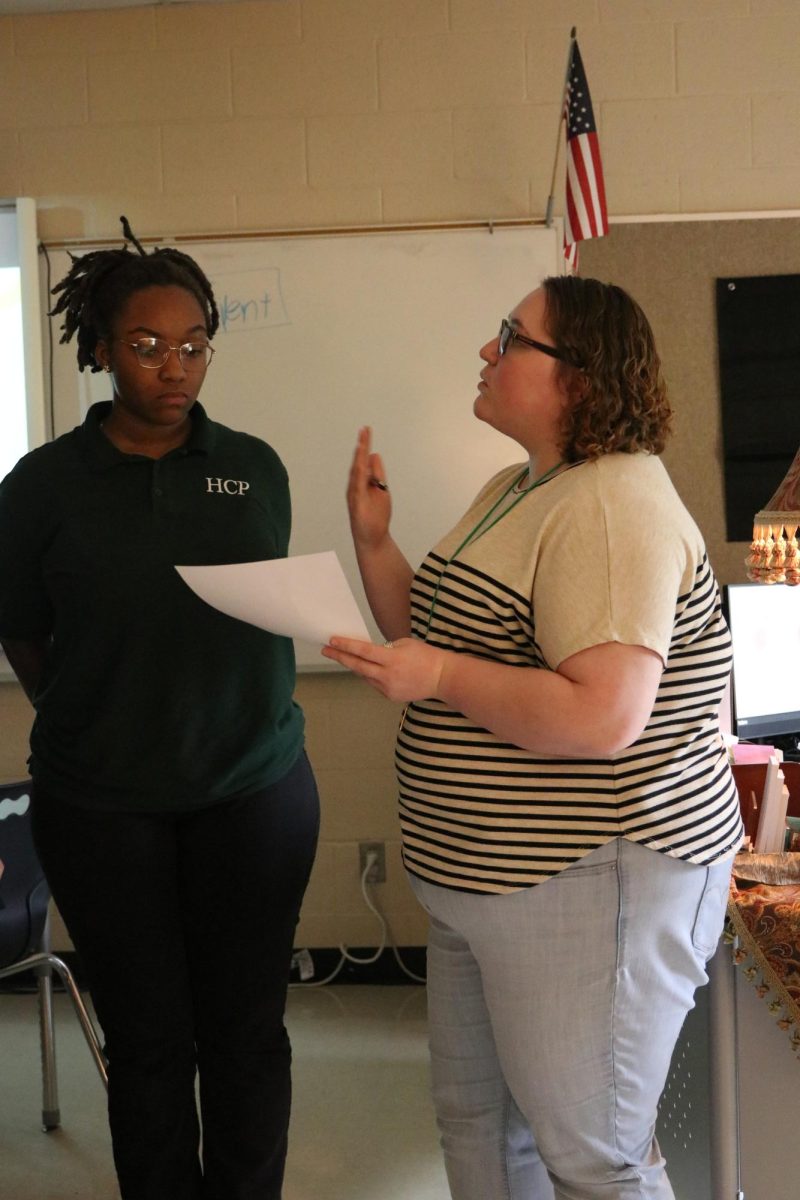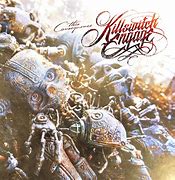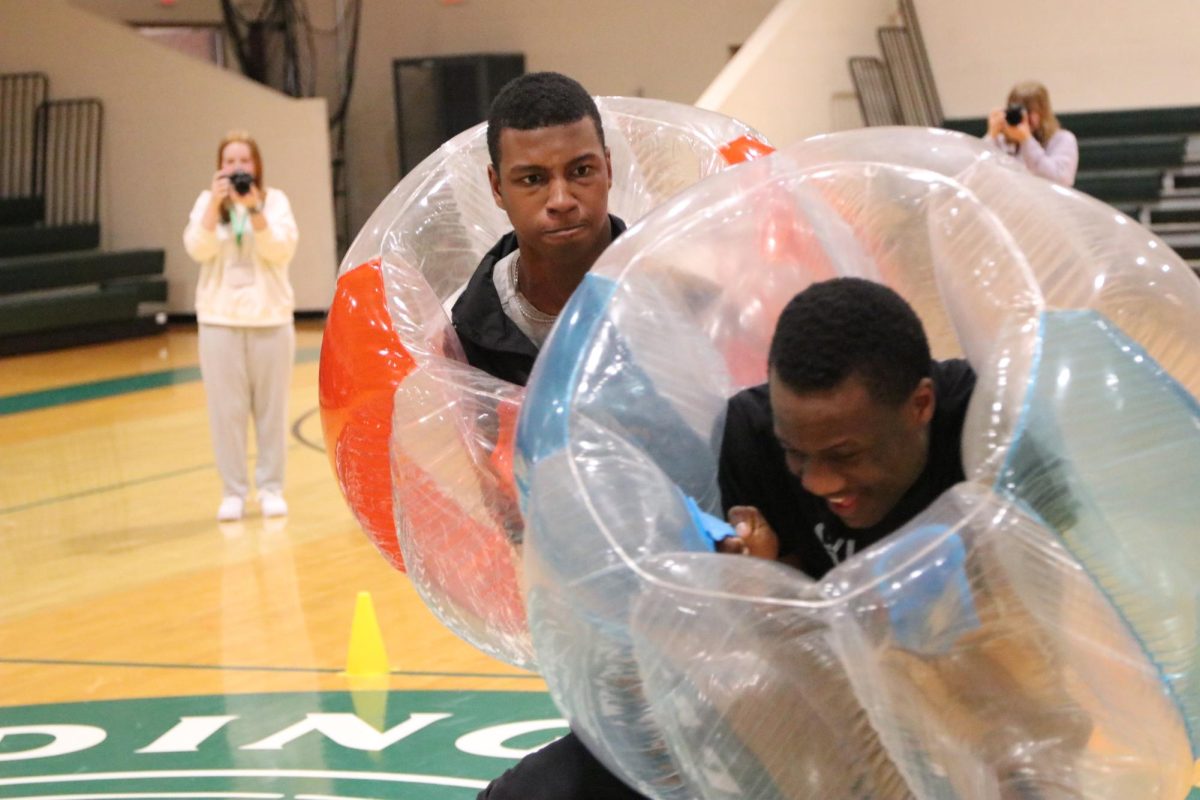
The AP Environmental Science classes are working on a smelly, decaying project to learn about decomposition and the responsibility of monitoring data.
This is a new experience for science teacher Meghan Whitney and her students. Whitney chose this experiment to complement the current class discussion of nutrient cycling.
“[Nutrient cycling] is how individual molecules like nitrate, ammonia, sulfur, and all other sorts of things your body needs gets broken down into those components so other organisms can use them,” Whitney said.
In these bottles, there is only plant matter, like salad vegetables, coffee grounds, bread and fruit. The mold in the student’s bottles varies in color and smell.
Once or twice a week, students will collect their data from the bottles, including, “the temperature of the decomposing stuff, the pH of the solution that leeches through, and the relative humidity in the bottle,” Whitney said.
Other than showing how things decay, Whitney hopes this experiment will teach long-term monitoring of data and the ability to remember to monitor data.
Senior Blanca Gonzalez has two bottles and is comparing the decaying rate between organic and non-organic cherry tomatoes.
“It’s fun to see what your bottle looks like, but it’s very disgusting,” Gonzalez said.
Senior Anna Henson has fruit in one bottle and vegetables in the other, and is testing the acidity in each.
“It’s interesting to see how things break down over time,” Henson said.
Whitney expects these decaying projects to end around Thanksgiving and Christmas break.












Justin Schmidt • Oct 16, 2012 at 2:43 pm
We started with some salad and a large carrot with the bottle 1/4 full, now all of it has shrunk and is barely recognizable, you can’t even tell there is a carrot in it! lol!:)